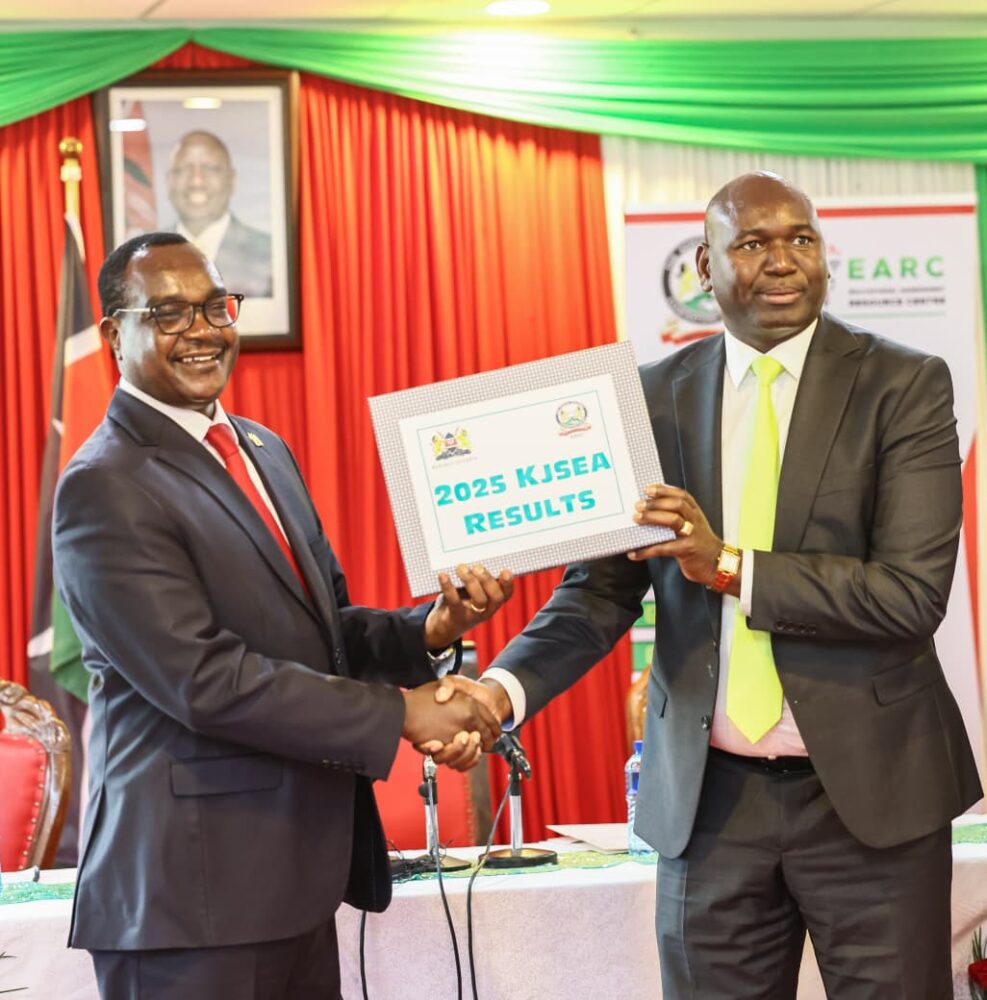Elgeyo Marakwet County Governor Wisley Rotich has praised the National Syndemic Disease Control Council (NSDCC) in its efforts to end the triple threat across the country.
Speaking during a breakaway session at the ongoing Devolution Conference 2025 in Homa Bay County, Governor Rotich said that cases of new HIV infections, adolescent pregnancies as well as sexual and gender-based violence had greatly dropped over the recent years, all thanks to the NSDCC.
As the keynote speaker during the session, the county boss emphasised on the issue of sexual violence, especially against minors, advising communities to seize from solving the issue out-of-court, which most of the times result into non-prosecution of offenders.
On his part, Acting NSDCC CEO Douglas Bosire said the council was concerned by the recent increase of new HIV infections among adolescents and young adults.
Acknowledging that each county has its own unique challenges in the quest to end the triple threat, NSDCC is now focusing on accelerating county-led solutions to end new HIV infections, unintended pregnancies, and sexual and gender-based violence among young people.
Kenya has a predominantly youthful population, with approximately 59% of its citizens aged below 24 years, according to data from the 2018 Census of the KNBS.
This demographic reality underscores the critical need to recognize the strong linkage between health and economic development. Investing in the health and well-being of young people is therefore essential for unlocking the country’s full economic potential and securing sustainable development.
New HIV infections among adolescents and young people remain a significant public health challenge in Kenya, with notable sub-national disparities. In 2023, individuals aged 15-24 years accounted for 39% (5,030) of all new adult HIV infections (13,009), highlighting the heightened vulnerability of this age group and the urgent need for targeted, context-specific interventions across different regions. The HIV epidemic in Kenya remains heterogeneous, with significant variations in prevalence, incidence, and risk factors across different regions and populations.
Gov’t response
In response, the Government of Kenya, through a whole-of-government, multisectoral approach, has initiated the Triple Threat Campaign. This initiative seeks to galvanize action across sectors to reduce new HIV infections, prevent unintended pregnancies, and eliminate SGBV among adolescent girls and young women by addressing the root causes of risk and vulnerability.
To guide the national response, a Triple Threat Commitment Plan was developed and launched. This plan adopts a comprehensive, multi-sectoral framework that acknowledges the structural inequalities, harmful social and gender norms, and limited access to information and essential services that contribute to the persistent vulnerabilities facing adolescents and young people.
These intersecting challenges collectively referred to as the Triple Threat are particularly prevalent in regions marked by high levels of poverty, limited access to health and protection services, and pronounced socio-cultural vulnerabilities. Such areas include informal settlements, rural communities, border towns, and fishing villages, where structural and systemic barriers exacerbate the risks faced by adolescents and young people.
The Triple Threat of new HIV infections, unintended teenage pregnancies, and SGBV represents a malignant triad of risk that threatens to reverse gains in the HIV response, jeopardize the health and wellbeing of Kenya’s adolescents, and undermine the country’s aspirations for dividend.
In the new plan, NSDCC acknowledges that adolescents and young people are central to Kenya’s demographic and economic future.












